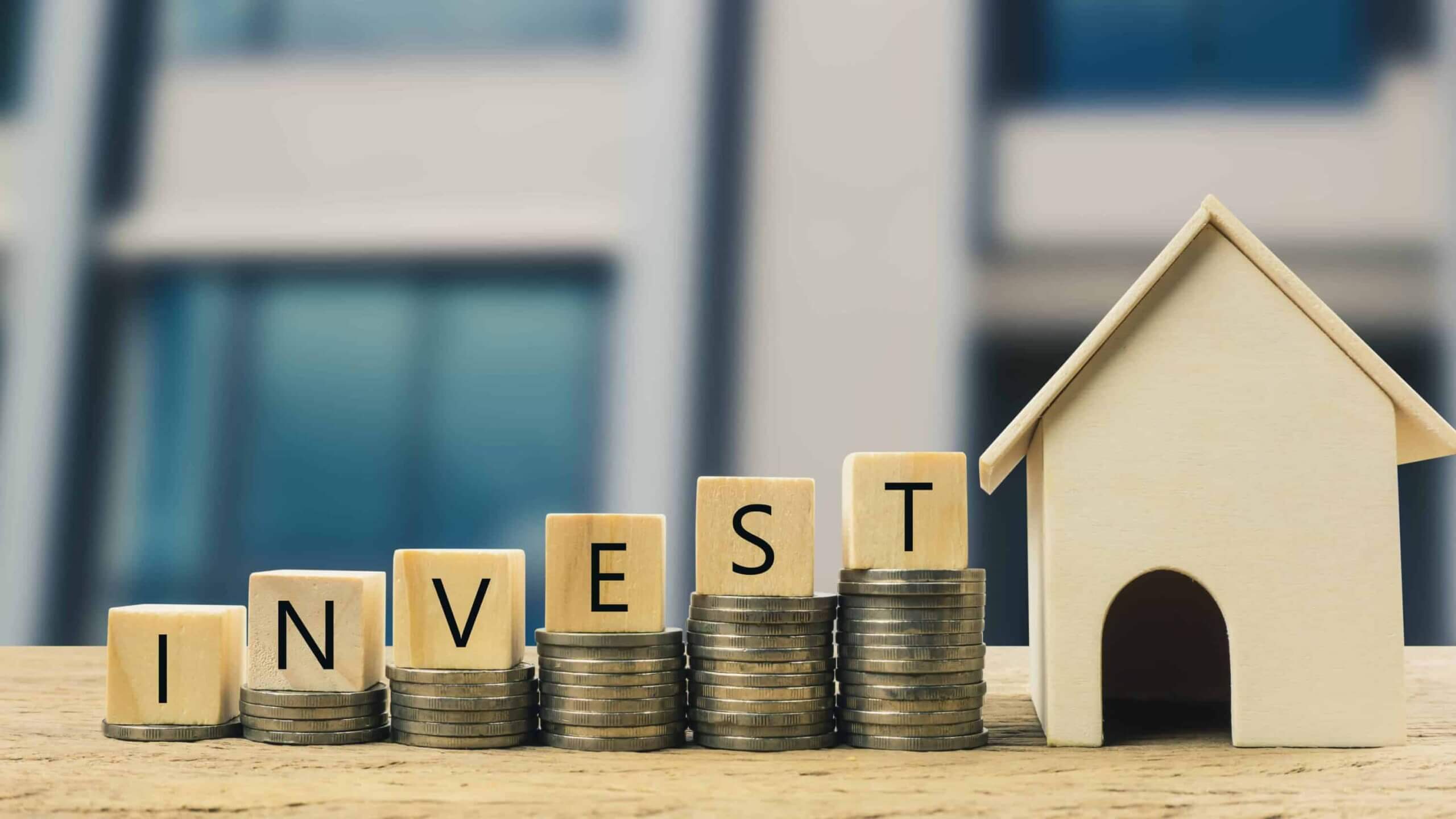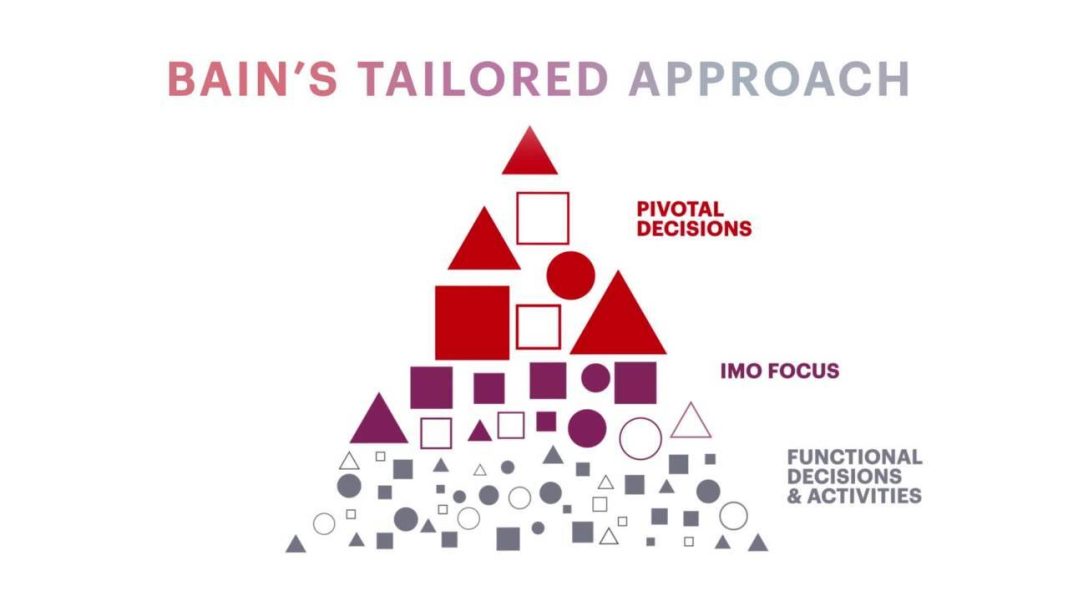 Loan Commitments for Housing Rise in Australia, Reflecting Stabilizing Market Confidence
Loan Commitments for Housing Rise in Australia, Reflecting Stabilizing Market Confidence
According to recent data from the Australian Bureau of Statistics (ABS), new loan commitments for housing in Australia saw a significant increase in June, indicating a stabilizing market confidence despite unchanged interest rates. The ABS reported that total new housing loan commitments rose by 19.1 percent to $29.2 billion. Notably, loan commitments for investor housing experienced a surge of 30.2 percent, reaching $11.0 billion. In comparison, new loan commitments for owner-occupier housing climbed by 13.2 percent, amounting to $18.2 billion.
Investor Lending Growth Outpaces Owner-Occupier Growth
The data from ABS further revealed that investor lending growth outpaced owner-occupier growth during this period. Western Australia saw a remarkable surge of 56.7 percent in new investor loans, followed by South Australia with a growth rate of 38.3 percent, and Queensland with 34.5 percent. Additionally, New South Wales experienced a growth rate of 27.3 percent, while Victoria saw a 9.4 percent increase in new investor loans.
New South Wales Leads in Average Loan Sizes
New South Wales continues to maintain the highest average loan sizes for both owner-occupiers and investors. In June, the average loan size rose to $780,000 for owner-occupiers and $818,000 for investors. Mish Tan, the head of finance statistics at ABS, highlighted this trend, suggesting the sustained strength of the property market in New South Wales.
First Home Buyer Loans Show Promising Growth
The ABS also noted a positive trend in the number of new owner-occupier first home buyer loans, which increased by 3.4 percent in June. This growth can be attributed to a significant rise of 6.5 percent in Victoria. Victoria has consistently recorded the highest number of first-home buyer loans among all states and territories since June 2017.
Businesses Witness Increase in Loan Commitments for Construction and Property Purchase
Not only did the housing market experience a surge in loan commitments, but businesses also witnessed an upward trend. Borrower-accepted loan commitments for construction swelled by 25.7 percent to $2.78 billion, while commitments for the purchase of property expanded by 17.5 percent to $6.11 billion. These figures indicate growing confidence in the construction and real estate sectors, contributing to the overall positive sentiment in the market.
Economist Highlights Stabilizing Market Confidence
Maurice Tapang, an economist from the Housing Industry Association (HIA), emphasized that the increase in loan commitments signifies stabilizing market confidence, even in the face of unchanged interest rates. Tapang suggests that this trend indicates that the building activity in the housing sector is either at or near its trough in the current cycle. Additionally, Tapang noted that the prices of home building materials rose by a modest 1.1 percent in the year leading up to June 2024, marking a significant slowdown compared to the previous decade.
Challenges Remain in the Higher Density Home Building Sector
While the loan commitments and market confidence show positive signs, there are challenges in the higher density home building sector. Master Builders Australia revealed that June was the worst month since 2012 for higher density home building approvals. Shane Garrett, the chief economist at Master Builders Australia, cited labor shortages and other cost pressures as reasons for the increase in the prices of new dwellings for owner-occupiers, which have risen by 5.4 percent compared to the previous year.
Call for Increased Home Building to Alleviate Rental Market Pressures
Denita Wawn, the CEO of Master Builders Australia, called on the Australian government to address the shortage of homes by facilitating the construction of more dwellings. Wawn highlighted the constraints and cost drivers that affect both detached housing and higher density construction, including workforce shortages, low productivity, lack of critical infrastructure, high taxes and charges, slow approval processes, and costly union agreements. The housing shortage not only puts pressure on containing inflation but also forces the Reserve Bank to consider raising interest rates, leading to higher rental inflation and reduced building activity.
In conclusion, the recent increase in loan commitments for housing in Australia reflects a stabilizing market confidence, driven by growing investor lending and a positive trend in first home buyer loans. While challenges persist in the higher density home building sector, the overall sentiment in the housing market remains optimistic. Addressing the shortage of homes and improving the construction industry’s productivity and efficiency are crucial steps in alleviating rental market pressures and fostering sustainable growth in the housing sector.


